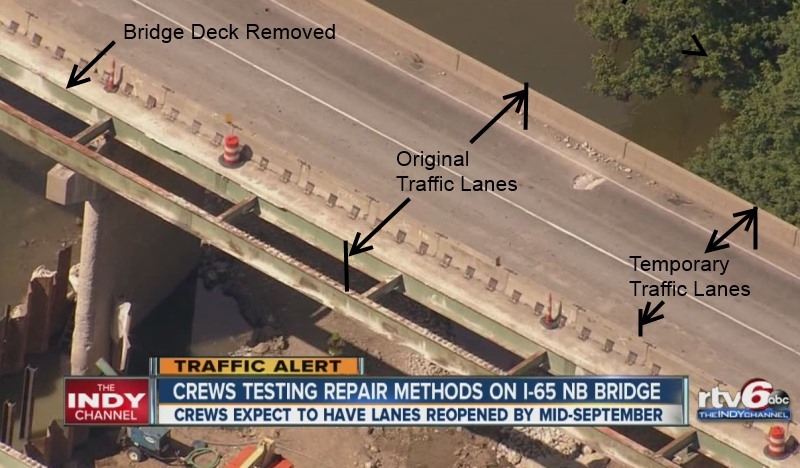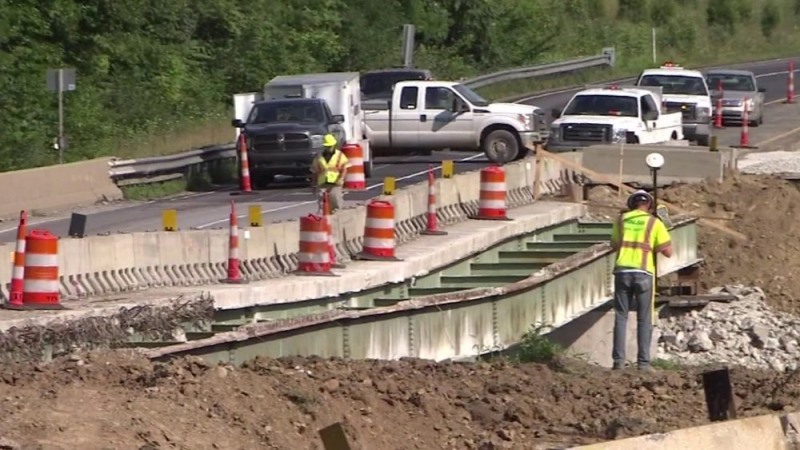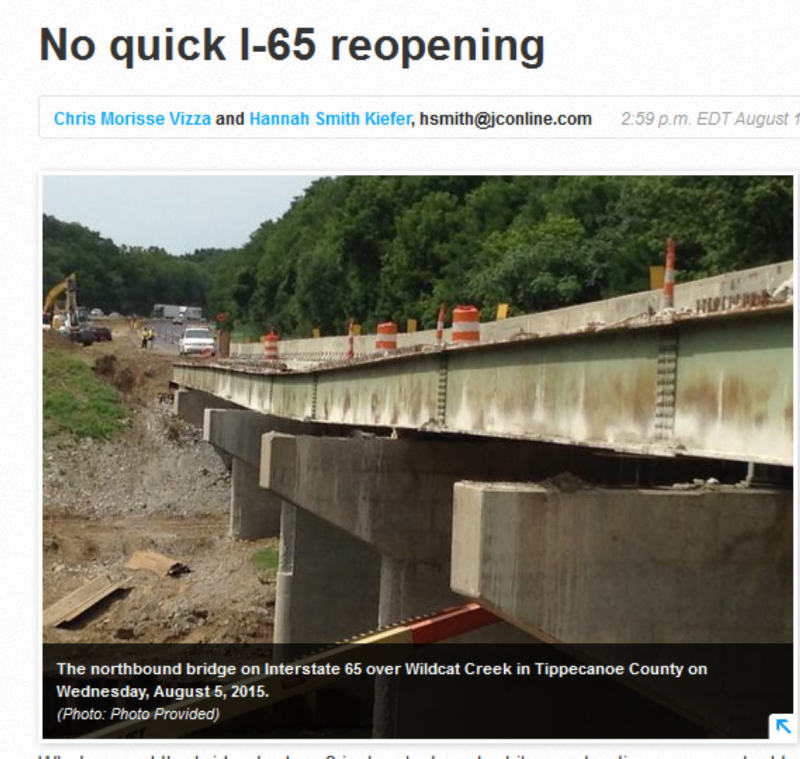oldestguy
Geotechnical
- Jun 6, 2006
- 5,183
Check out this ENR article.
The explanation of the problems cause sounds fishy.
What the heck is "compressed gravel" or "watertight soils".
Also what is an "artesian water pocket"
Sounds like amateurs describing a feature that is pretty new to me.
The explanation of the problems cause sounds fishy.
What the heck is "compressed gravel" or "watertight soils".
Also what is an "artesian water pocket"
Sounds like amateurs describing a feature that is pretty new to me.



![[bat] [bat] [bat]](/data/assets/smilies/bat.gif)
![[idea] [idea] [idea]](/data/assets/smilies/idea.gif)
![[r2d2] [r2d2] [r2d2]](/data/assets/smilies/r2d2.gif)
